Venice is undoubtedly, one of the highest items on any italophile’s travel bucket list.
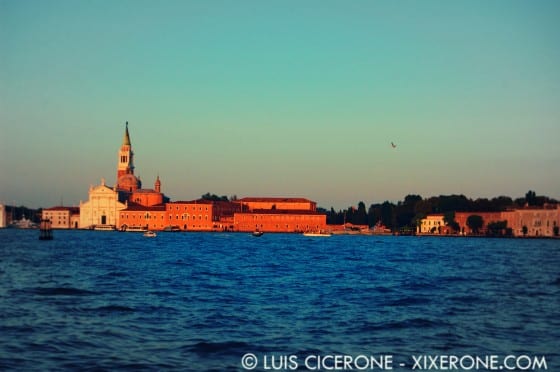
Venezia is, at the same time, a city and a work of art in itself. Its architectural wonders, the romantic flair of its canals, its compact-size and car-free streets make this Italian masterpiece the perfect destination for a weekend getaway.
But beware, the capital of the Veneto is also a victim of its own success. Kidnapped by its own beauty, the city is visited by dreadful hordes of unpleasant croc-wearing tourists from around the world.
However, there are ways to discover the human side and unique atmosphere that this despoiled maiden hides.
The best time to visit Venice
Very much like Rome, Venice has some peculiarities that make it more or less attractive for a visit depending on the time of the year. Some months are better than others. The weather, local festivals and its (in)famous acqua alta (seasonal floods) should be taken into consideration before travel arrangements are made.
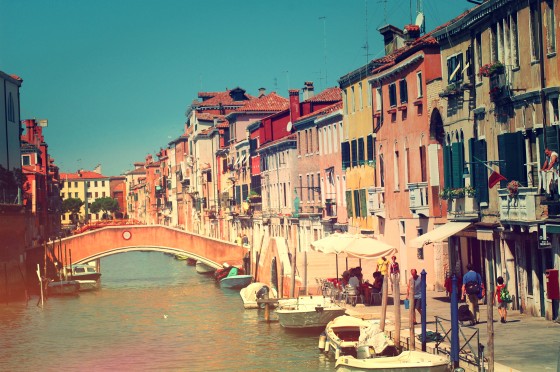
Generally speaking, April, May and June are the best months to visit Venice. However, during the beautiful, warm spring days the city is crowded with tourists, museums have long queues and finding affordable accommodation can be a real challenge.
The summer in Venice is not highly recommended due to three main factors: The stifling heat, the abundance of blood-thirsty mosquitoes and the smell. Yes, the rumor is true, Venice can very smelly (thankfully not every day and not in all areas).
Autumn is one of the most beautiful times to visit Venice. However, it is also the season of floods or “acqua alta”.
The location of Venice in northern Italy, means that the city’s winters are longer and colder than in Naples or Bari, for example. However, the winter season may be the best time to visit the city, especially as hotel prices drop and there aren’t many tourists around.
As for festivals, Venice has a couple of big events that are worth attending . Although if you are looking for a rather cheap trip to Venice, the best thing is to avoid them.
The most important event held in the city is undoubtedly the Carnival, which takes place in February or early March and receives thousands of tourists. Other important dates in the city are Easter and the Venice Biennale (held in odd years).
Finding your way around Venice
It is good to note that Venetian addresses are the most useless thing ever invented, as they don’t work unless you know the city like the back of your hand. Addresses in Venice consist primarily of district name (eg Canareggio) and the house number, but generally do not include the name of the street.
For exact directions in the city, you can use this tool.
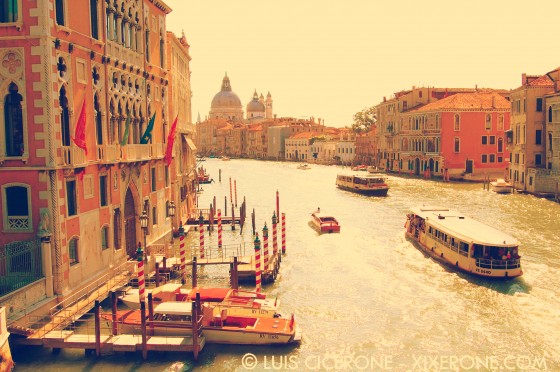
If you have booked a hotel in an area that is difficult to find (and all areas are unless the hotel is on the very Piazza San Marco) it is best to take into account the time you will be looking for the place and write down the number phone for when (and not if) you get lost. The same can be said for restaurant reservations, theater tickets, etc.
Broadly, the city is divided in six districts, Canareggio in the north, Dorsoduro in the south, Castello to the east and Santa Croce in the west. In the central area we find San Marco and San Polo, separated by the Grand Canal.
Where to stay in Venice
The answer to this question is simple: in actual Venice.
On a first visit, it is best to always sleep in Venice proper. Not Mestre, not Lido, not Giudecca, Venice.
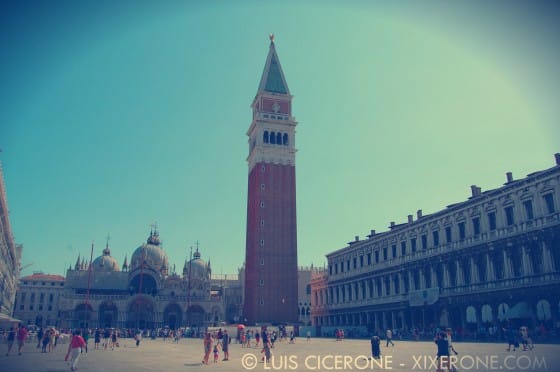
In order to discover the treasures in this city, you need to live its nights and its days. If you stay in a remote area, the experience won’t be the same and the impact Venice will have on you will be very different if you experience the city at 100%.
For this reason it is always advisable to stay in an area close to the center.
Obviously, it does not have to be on the very Piazza San Marco. The six districts of central Venice offer accommodation of various sizes and price ranges to suit all types of travelers.
Hotels, hostels and tourist apartments are abundant throughout the city.
A peculiarity of Venice are the Locande, which is the equivalent of a Bed and Breakfast. Normally they are family run and include breakfast.
As in the rest of Italy, keep in mind that the quality of accommodation can be well below that of their counterparts in other countries. Usually you have to take off one star from their official rating to know what to expect. An Italian three-star equals a two-star elsewhere.
Read more about the best areas to stay in Venice.
Tips for living a more authentic experience in Venice
If it’s your first time in Venice, it will be impossible to avoid the must-see attractions (Piazza San Marco, Duomo, Grand Canal, etc), as they are an essential part of any visit to the city. However, Venice is much more.
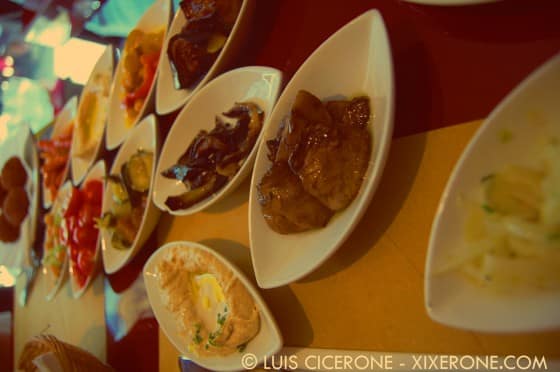
Around the narrow alleys bordered by canals in the less touristy neighborhoods of Venice there are no impressive cathedrals or grand bridges, but it’s here where the real charm of this magical place resides, it is on these lonely corners where you fall in love with Venice.
The easiest way to find them is wandering aimlessly, drift from the crowds. The worst that could happen is that you discover a city with soul and own heartbeat.
The best neighborhoods to get lost in Venice are undoubtedly Dorsoduro and Canareggio, less frequented by tourists and with gems like the Venetian Jewish Ghetto.
Once you’ve finished wandering the streets, just ask someone how to return to San Marcos or Rialto Bridge.
A single quality you need to visit Venice
If I had to chose only one thing, it would be patience.
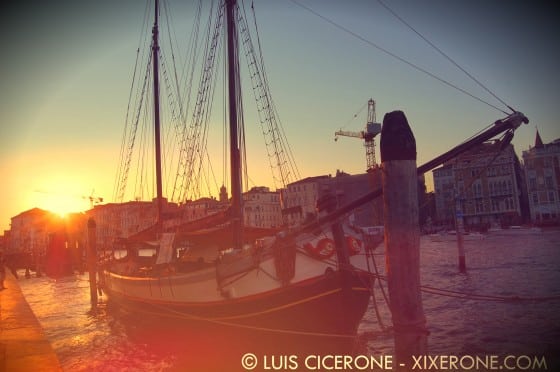
Venice takes a while to fully show its treasures. It is best to come without agenda, without a strict idea of what to expect from it. As said above: just go adrift.
Cities like Venice are enjoyed more when walking without a predefined route or schedule.
Sé paciente.



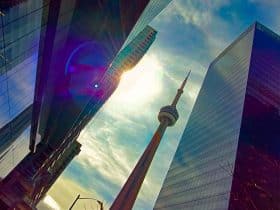
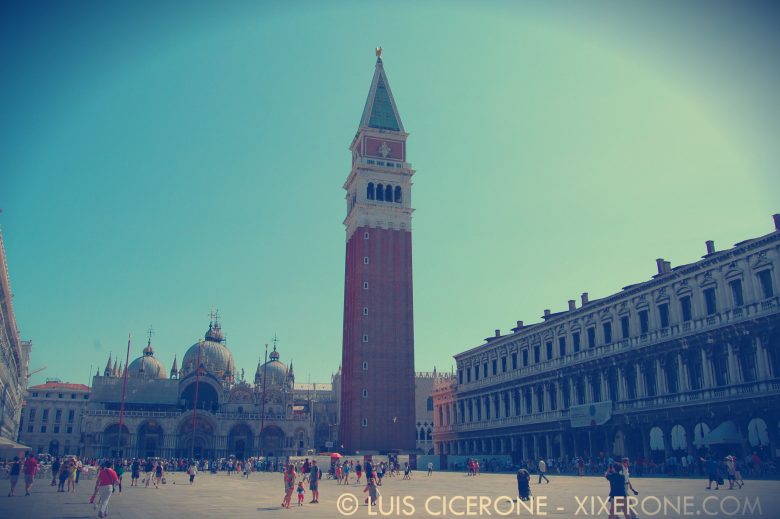



















Leave a Reply
View Comments